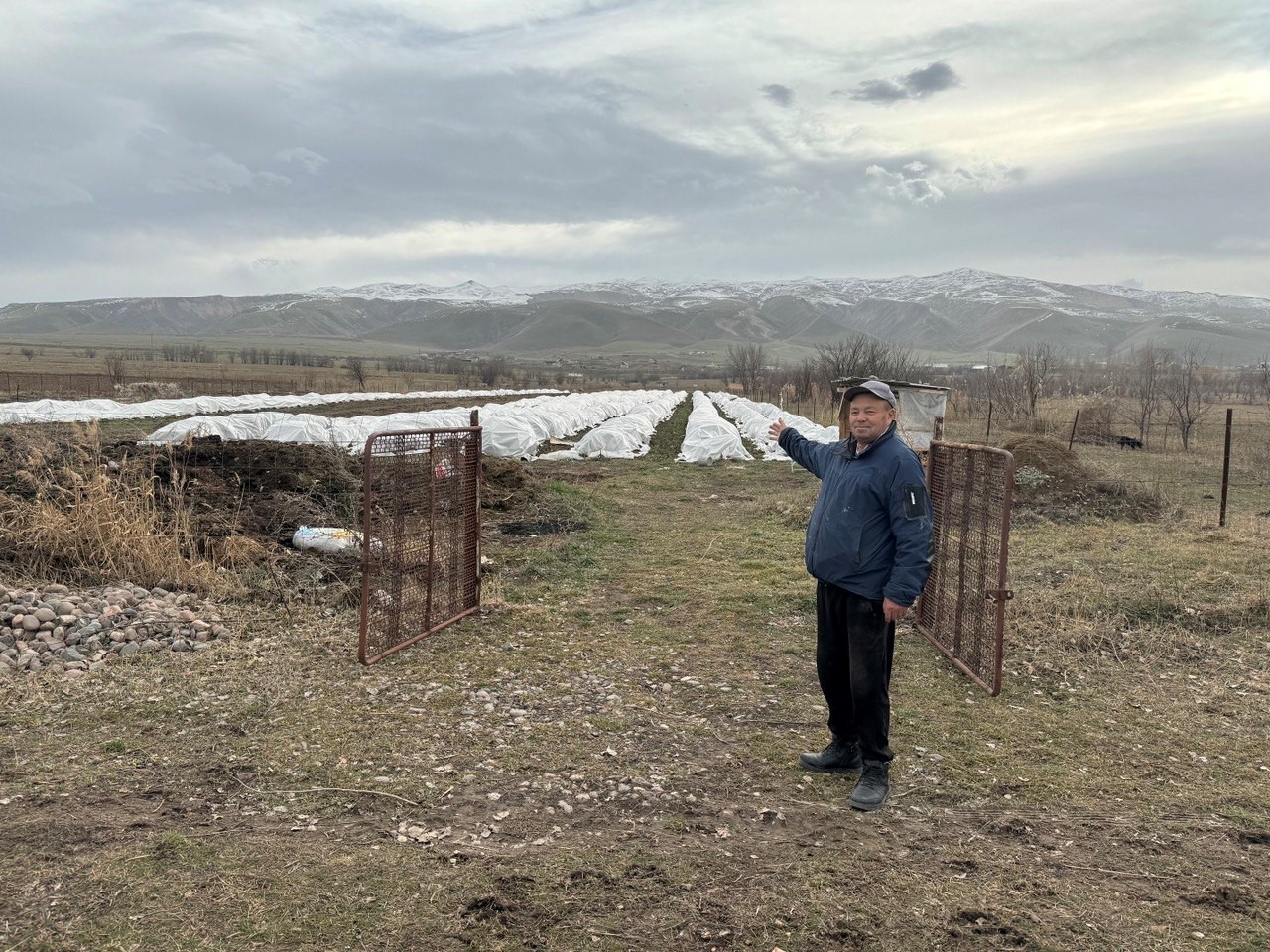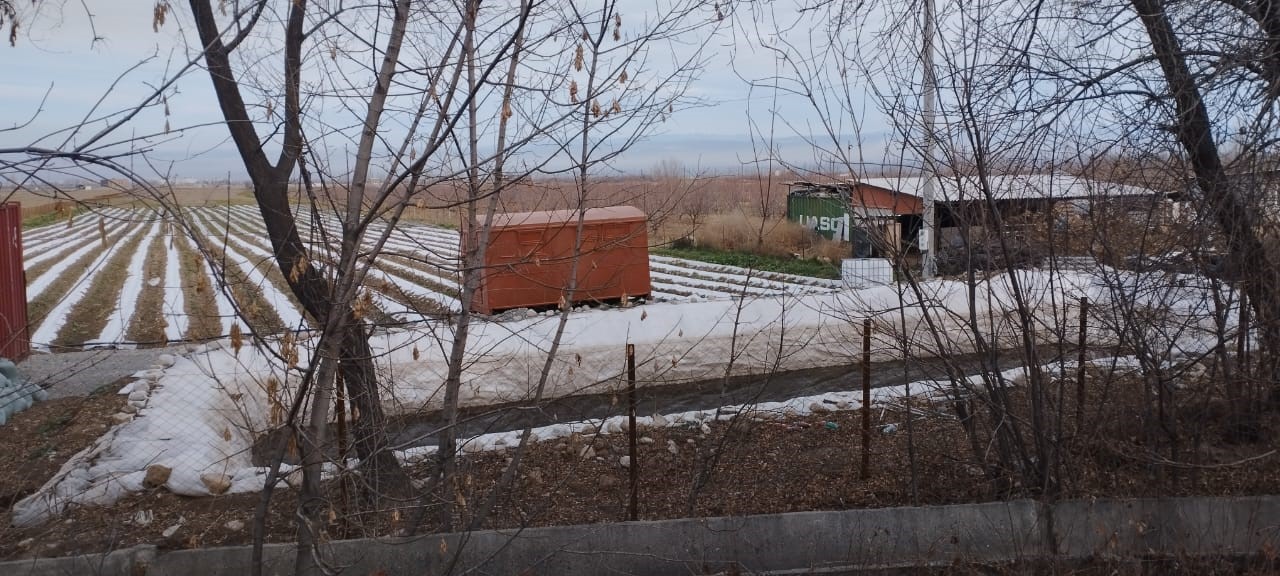Kyrgyzstan is one of the countries rich in water resources. The average availability of local water resources is 258 thousand m3/km2, and the water resources for 1 person accounted on 150 thousand m3 of fresh water per year.
According to the National Report on the State of the Environment of the Kyrgyz Republic for 2015-2018, the total volume of available water reserves in the country is 2458 cubic meters. km. Of these - 650 km3 of water (26.4%) in glaciers, 1745 km3 (71%) in lakes, 13 km3 (0.5%) of potential groundwater reserves and from 44.5 to 51.9 km3 (2%) of average annual river flow.
According to the Water Resources Service under the Ministry of Agriculture of the Kyrgyz Republic, the total volume of water consumed is estimated at 10-12 billion m3 per year. Water losses during transportation in river beds, canals, and irrigation structures reach 1.7-2.3 billion m3.
Due to the natural topography of the republic, mainly small rivers feed irrigated lands - this is about 800 thousand hectares or 76% of all irrigated lands. The flow of mountain springs is slightly regulated, only 80 thousand hectares (11%) of land are irrigated from regulated sources, the remaining 720 thousand hectares are irrigated by living runoff.
At the same time, the annual flow of water in rivers is changing, low-water periods are becoming more frequent due to processes caused by climate change: a decrease in precipitation, dust storms, an increase in average monthly temperatures in winter and record high temperatures in summer.
All these factors force many farmers to use water-saving technologies to water their plots and crops. Thus, drip irrigation systems are used for intensive gardens with dwarf and semi-dwarf varieties of fruit trees and fruit bushes (raspberries, raspberries, etc.) and strawberries.
However, the introduction of water-saving technologies is not available to everyone. The project “Increasing economic independence and improving the status of women in Central Asia through access to irrigation water and infrastructure” aims to support local communities in the rational management of water resources.
“In Kyrgyzstan, according to the project, it is planned to install a water-saving technology system on an area of up to 1 hectare. At the moment, an analysis of the territories of pilot Water Users Associations (WUAs) has been carried out for the installation of a system of water-saving technologies. The proposed pilot sites of WUA “Ta-Bek” and WUA “Tata” in the Chui region were examined,” says Kuban Matraimov, the Director of the CAREC Country Office in Kyrgyzstan.
The site for installing a drip irrigation system was presented by the director of the Ta-Bek WUA, Minara Asanova. The landowner is Kenzhebek Taigashkaev. Raspberries and raspberries are planted on the site. The landowner will prepare and provide the head of the WUA with data for installing a drip irrigation system; terrain slope, need for planning, type of drainage basin
Farmer Kenzhebek Taigashkaev is confident that drip irrigation will ensure uninterrupted watering in the summer and increase the yield at least 2 times. He also intends to integrate the supply of minerals and fertilizers into the drip irrigation system.

The site for drip irrigation system, Ta-Bek WUA. Raspberries and blackberries planted in 2022 are covered
with a special agrofilm to prevent freezing in the winter and to protect against weeds.
The next site for the installation of a drip irrigation system is the Tata WUA, where the farmer, Asanbek, has already begun to use this system on his own for effective watering and increasing productivity.
Strawberries were planted on his plot in 2022, which need to be watered approximately 30 times per season. The use of drip irrigation has significantly reduced the amount of water and the financial costs of irrigation. Farmer Asanbek notes that the constructed outdoor pool with a bottom covered with plastic film has its disadvantages. He intends to improve the drip irrigation systems by installing an indoor pool, a container for fertilizers and minerals, and new systems of drip lines and main pipes.

He also intends to increase productivity by using humus, as he produces environmentally natural products.
As noted by the director of WUA “Ta-Bek” Minara Asanova, there is very little rainfall this year and this could again lead to low water levels, as in 2023. In the Chui Valley, the summer period becomes hotter every year and there is almost no precipitation, especially during the period of intensive watering of raspberries, strawberries and other agricultural crops.
Additional Information:
Kuban Matraimov, the Director of the CAREC Country Office in Kyrgyzstan, kmatraimov@carececo.org
